According to the Federal Emergency Management Agency and U.S. Small Business Administration, 40 percent of businesses do not reopen after a disaster, and 90 percent of businesses fail within 2 years of being struck by a natural disaster. Completing and executing a data recovery (DR) plan may seem like a daunting task, but the potential risk makes DR planning a necessity for all businesses. An offsite backup center is the core of many DR plans, and there are three major options available to managers:
- A standby, redundant, private data center, which is built, owned and run by your company
- A third-party data center – either from a dedicated hosting provider or from leveraging cloud services (AWS, Azure, etc.) to provide a virtualized DR Infrastructure
- A hybrid of technologies that utilize different facilities for different elements of your own infrastructure
Recovery from a Disaster
Mitigating the impact of a loss of your production systems and subsequent recovery requires planning around two related factors. The first is how much data you can afford to lose—referred to as Restore Point Optimization or RPO; the second is how long you can afford to be out of production—referred to as Restore Time Optimization or RTO. The RPO reflects how frequently production data is copied out to the DR facility and is a measure of how much data would be lost if the production system were to fail. The RTO reflects how long it will take to get your services, clients, and employees back online. In both cases, smaller RPO’s and RTO’s usually cost more money.
The key is to understand the data that you need to backup, the security that must surround that data, and how long you can be without the computing resources before your organization suffers long-term or permanent impact.
Virtualization
Virtualizing the production environment within your own data center is a key first step in gaining flexibility in your DR solution. Virtualization effectively converts hardware to data files, which can be duplicated and moved to other locations. From here, virtualization software can process those files and “spin them up” as computing resources. This allows you to provide some level of DR even within your infrastructure if one physical server fails. By maintaining copies of the virtualized servers as files, you can re-home those servers from the failed physical equipment to other machines that might have the capacity. This strategy may require some investment in over-capacity, but it can be significantly less expensive than full redundancy and it goes a long way towards covering the more likely event that a server will fail rather than your entire data center going offline. Server failures can be painful and inconvenient, but they shouldn’t constitute a “disaster”, and with virtualization, your users may never even notice an impact. You can read more about virtualization and the digital landscape here.
Virtualization is a good first step, but by itself, it does not constitute a DR solution.
1. Fully Redundant Standby
A standby data center with enough capacity and horsepower to fully support your production load can be quite costly. A slight twist that would save capital costs is to re-purpose aging production systems and move them into the DR site as you refresh the production hardware and software.
2. Third-Party Solution
Utilizing a third-party to supply DR infrastructure exchanges the capital costs of both the hardware and software for a recurring monthly fee and it allows you more control of performance capabilities, versions, and capacities.
A related option is to use cloud-based servers and storage with a “pay-as-you-go” arrangement. This way, your costs can be reduced to cover only what you are actively using, which for most of the time will be data storage.
Before going the third-party route (hosted or cloud-based), do your homework around security, access, and disaster recovery planning on the provider’s end. Your data is only as secure as your contract, so be sure to read and understand the fine print.
3. Hybrid Solution
A mixture of owned resources and services from a third party offers a good option if you’re uncomfortable giving up total control of your environment to a third-party provider. DR solutions are increasingly comprising a mix of technology, services, and locations that are customized for the production environment they support.
Many organizations are utilizing some cloud-based services in their primary production environment (Office365, Dropbox, Google, AWS) and supplementing those with commercial backup solutions. Virtualization simplifies this setup and maintenance because it makes it easy to have multiple copies of key data files and “virtualized servers.” IT can easily move these files and systems to different providers or resources as the DR Architecture specifies.
Your Next Steps:
- Virtualize, Virtualize, Virtualize
- Understand your RPO/RTO and architect accordingly
- Test, Test, Test

